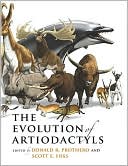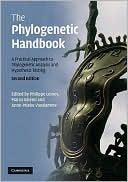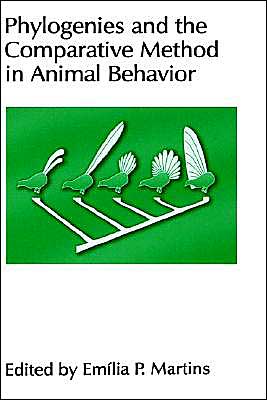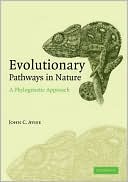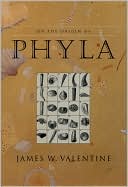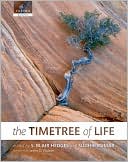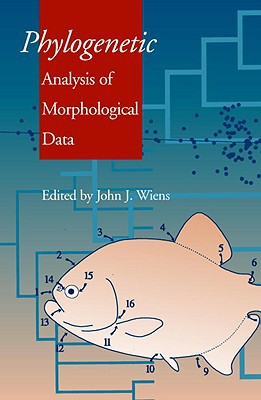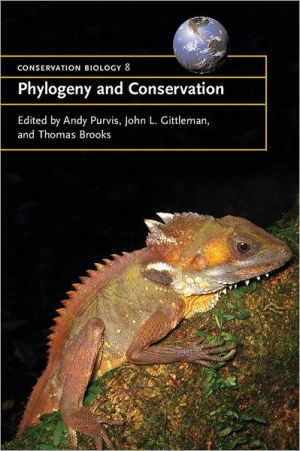The Evolution of Artiodactyls
Search in google:
Artiodactyls are diverse and successful hoofed mammals, represented by nearly two hundred living species of pigs, peccaries, hippos, camels, deer, sheep, cattle, giraffes, and other even-toed ungulates.In the recent years, a tremendous amount of research has been conducted on this important order. The Evolution of Artiodactyls synthesizes this research into a single, comprehensive volume. Here Donald R. Prothero, Scott E. Foss, and a team of distinguished international experts explore a variety of topics, including molecular phylogeny of terrestrial artiodactyls phylogenetic relationships of cetaceans to terrestrial artiodactyls, and the earliest artiodactyls — Diacodexidae, Dichobunidae, Homacodontidae, Leptochoeridae, and Raoellidae. A landmark reference, The Evolution of Artiodactyls belongs in the library of every paleontologist, mammalogist, and evolutionary biologist.Contributors: Jean-Renaud Boisserie, Muséum National d'Histoire Naturelle; Edward Byrd Davis, University of Oregon; Stéphane Ducrocq, Université de Poitiers; Jörg Erfurt, Martin-Luther-Universität Halle-Wittenberg; Jonathan H. Geisler, Georgia Southern University; Colin P. Groves, Australian National University; John M. Harris, George C. Page Museum; James G. Honey, University of Colorado, Boulder; Christine M. Janis, Brown University; Fabrice Lihoreau, Université de N'Djaména; Matthew R. Liter, Occidental College; Liu Li-Ping, Institute of Vertebrate Paleontology and Paleoanthropology, China; Joshua A. Ludtke, San Diego State University; Jonathan D. Marcot, University of Colorado Museum; Grégoire Métais, Carnegie Museum ofNatural History; Gertrud E. Rössner, Ludwig-Maximilians-Universität München; Nikos Solounias, American Museum of Natural History; James Bowie Stevens and Margaret Skeels Stevens, Lamar University; Jessica M. Theodor, University of Calgary; Mark D. Uhen, Cranbrook Institute of Science; Inessa Vislobokova, Russian Academy of Sciences
